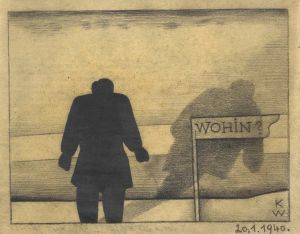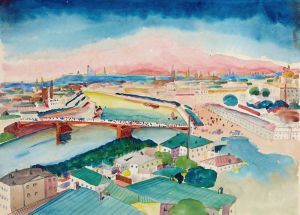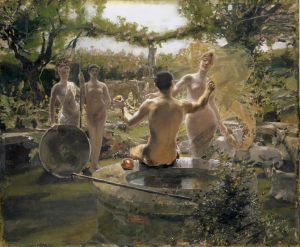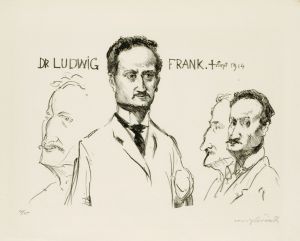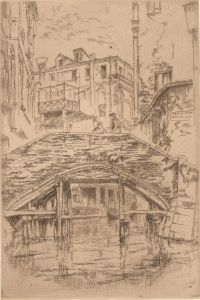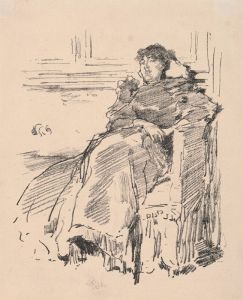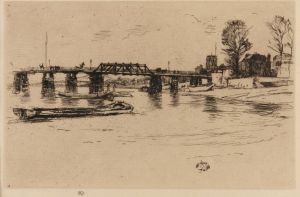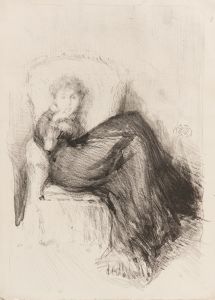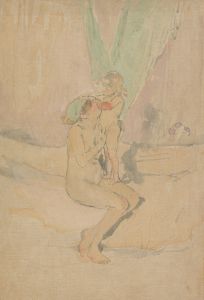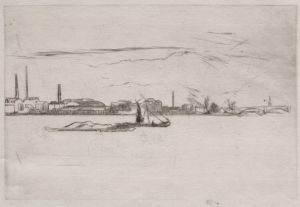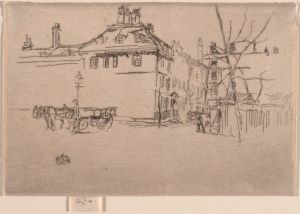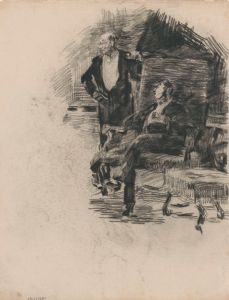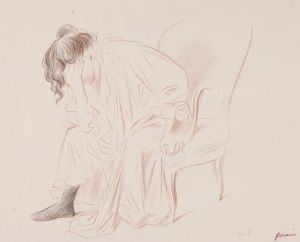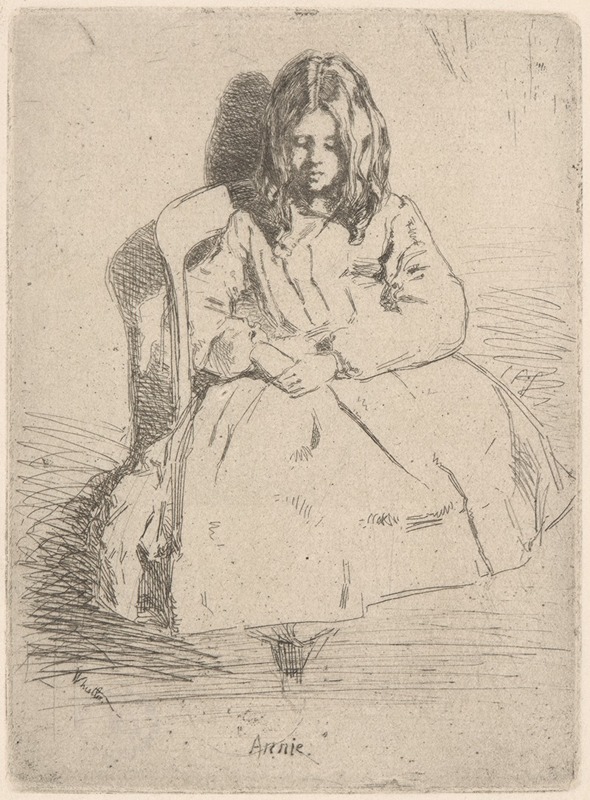
Annie Seated
A hand-painted replica of James Abbott McNeill Whistler’s masterpiece Annie Seated, meticulously crafted by professional artists to capture the true essence of the original. Each piece is created with museum-quality canvas and rare mineral pigments, carefully painted by experienced artists with delicate brushstrokes and rich, layered colors to perfectly recreate the texture of the original artwork. Unlike machine-printed reproductions, this hand-painted version brings the painting to life, infused with the artist’s emotions and skill in every stroke. Whether for personal collection or home decoration, it instantly elevates the artistic atmosphere of any space.
"Annie Seated" is a painting by the American-born, British-based artist James Abbott McNeill Whistler. Whistler, known for his distinctive style and innovative approach to art, was a leading figure in the Aesthetic Movement, which emphasized the visual and sensual qualities of art and design over narrative or moral themes.
The painting "Annie Seated" depicts a young girl named Annie Haden, who was Whistler's niece. Annie was the daughter of Whistler's half-sister, Deborah Delano Haden, and her husband, Dr. Francis Seymour Haden, a noted surgeon and etcher. Whistler had a close relationship with the Haden family, and Annie was one of his favorite subjects during his early career.
Created around 1860, "Annie Seated" exemplifies Whistler's early portraiture style, which was influenced by his training and experiences in Paris. Whistler had studied at the École Impériale and was influenced by the Realist movement, particularly the works of Gustave Courbet. This influence is evident in the realistic depiction of Annie, capturing her youthful innocence and the subtleties of her expression.
The painting is executed in oil on canvas, a medium that Whistler used to great effect in his portraits. In "Annie Seated," Whistler employs a muted color palette, focusing on delicate tones and subtle contrasts to create a sense of depth and atmosphere. The composition is simple yet effective, with Annie seated in a relaxed pose, her gaze directed slightly away from the viewer. This approach highlights Whistler's interest in capturing the mood and character of his subjects rather than merely their physical likeness.
"Annie Seated" is part of Whistler's broader exploration of portraiture and his interest in the interplay of light and shadow. The painting demonstrates his skill in rendering textures and fabrics, as seen in the detailed depiction of Annie's clothing and the soft, almost ethereal quality of the light that envelops her figure. This attention to detail and atmosphere would become hallmarks of Whistler's later work.
Throughout his career, Whistler was known for his innovative techniques and his ability to blend elements of different artistic traditions. In "Annie Seated," one can see the early development of his unique style, which would later be characterized by his famous "Nocturnes" and the iconic "Arrangement in Grey and Black No. 1," commonly known as "Whistler's Mother."
"Annie Seated" is an important work within Whistler's oeuvre, as it reflects his early artistic influences and his evolving approach to portraiture. The painting is held in a private collection, and while it may not be as widely recognized as some of his other works, it remains a testament to Whistler's skill and his ability to capture the essence of his subjects with sensitivity and nuance.





